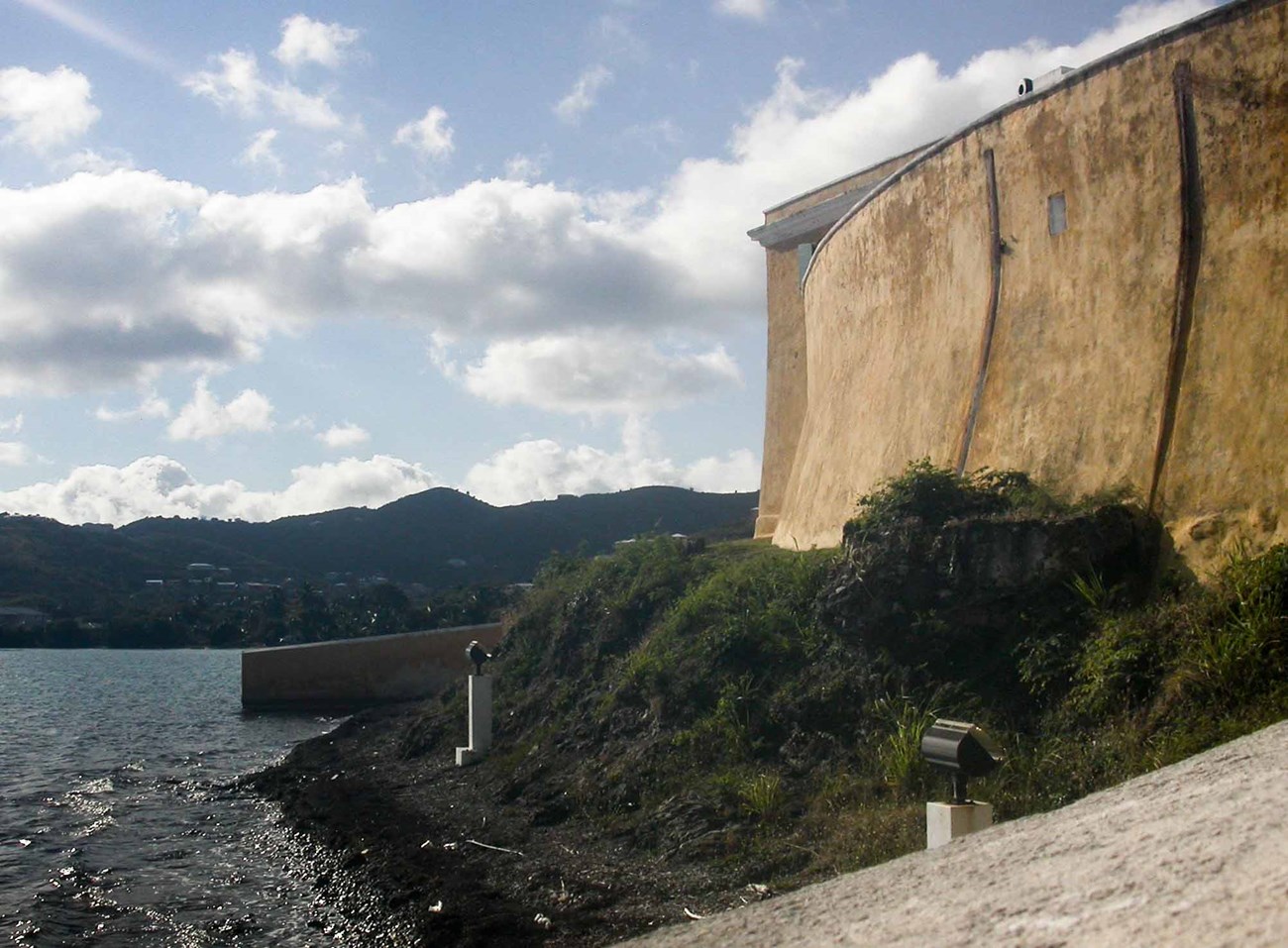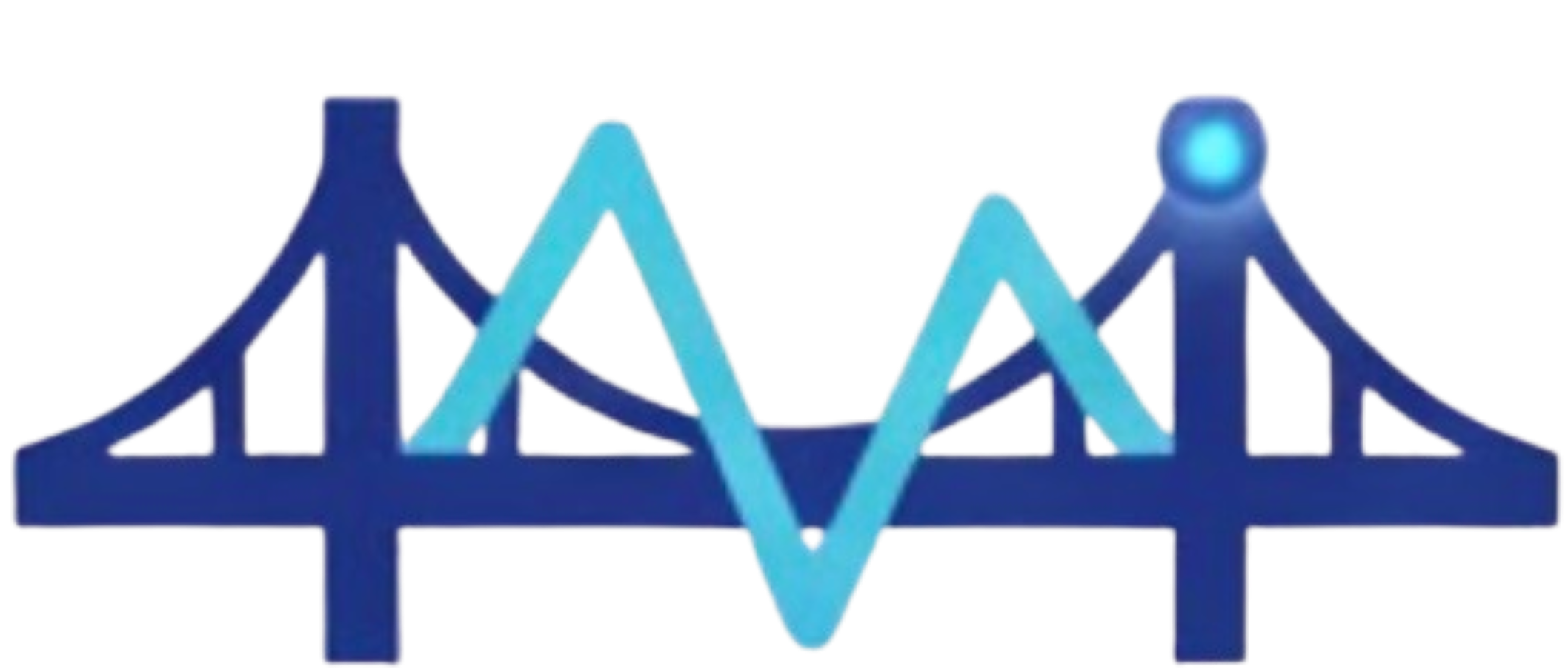
Seawalls and Bulkheads
Seawall and bulkhead monitoring with wave sensors and erosion detection nationwide.
- Corrosion Monitoring
- Displacement Monitoring
- Inclinometer and Tilt Monitoring
Request a sector consultation
Align your thresholds, instrumentation, and reporting with our PE-led team. We respond within one business day with tailored deployment options.
Seawalls and bulkheads face relentless environmental pressures that compromise their structural integrity over time. Coastal infrastructure owners grapple with saltwater corrosion, wave impact forces, and foundation settlement that can lead to sudden failures during storm events. Our monitoring systems provide continuous assessment of these marine structures, detecting corrosion rates, measuring deflection under wave loads, and identifying settlement patterns before they become critical. We deploy specialized sensors designed for harsh marine environments, with wireless data transmission that works reliably in remote coastal locations. Programs can be seasonal for storm preparedness or continuous for long-term asset management. The result is proactive maintenance scheduling, reduced emergency repairs, and extended service life for your coastal protection infrastructure nationwide.
Popular Services in This Sector
Corrosion Monitoring
Saltwater exposure accelerates metal degradation in marine environments, making corrosion monitoring essential for seawalls and bulkheads constructed with steel sheet piling or reinforced concrete.
Displacement Monitoring
Wave action causes lateral movement and settlement, requiring precise displacement tracking to detect progressive failure modes in bulkhead walls.
Inclinometer and Tilt Monitoring
Seawalls often experience rotational movement under uneven loading, with tilt monitoring providing early warning of structural distress.
Vibration Monitoring
Construction activities and wave impacts create vibrations that can loosen connections and accelerate wear in marine structures.
Strain Monitoring
Tensile and compressive forces from water pressure and wave loading require strain monitoring to assess structural capacity.
Crack Monitoring
Concrete seawalls develop cracks from freeze-thaw cycles and corrosion expansion, needing automated detection for maintenance planning.
Frequently Asked Questions
How does monitoring help with seawall storm preparedness nationwide
We establish baseline measurements during calm periods and set alert thresholds for storm events. This provides real-time data during hurricanes and nor'easters, helping coastal communities make informed decisions about evacuations and emergency response nationwide.
What corrosion monitoring methods work best for saltwater environments
We use specialized electrochemical sensors and ultrasonic thickness gauges designed for marine conditions. These provide continuous corrosion rate measurements and remaining wall thickness data for seawalls and bulkheads nationwide.
How do you monitor settlement in soft coastal soils
Settlement monitoring combines surface markers with subsurface extensometers to track both surface and deep soil movement. This is critical for bulkheads in areas with loose sediments where sudden failures can occur nationwide.
What deliverables do seawall owners receive from monitoring programs
You receive live dashboards showing real-time conditions, monthly performance reports, storm event summaries, and maintenance recommendations. All data includes nationwide benchmarking against similar coastal structures.
Example of Our Capabilities
Sector Type
Seawalls and Bulkheads
Situation
Coastal city needs to monitor aging seawall protecting commercial harbor from storm damage
Our Approach
Deploy corrosion sensors, tilt meters, and settlement markers along 2,000 linear feet of seawall. Establish baseline measurements and set alert thresholds for wave heights and corrosion rates.
Expected Outcome
Real-time dashboard showing seawall condition, automated alerts for threshold exceedances, and quarterly reports with maintenance recommendations.
